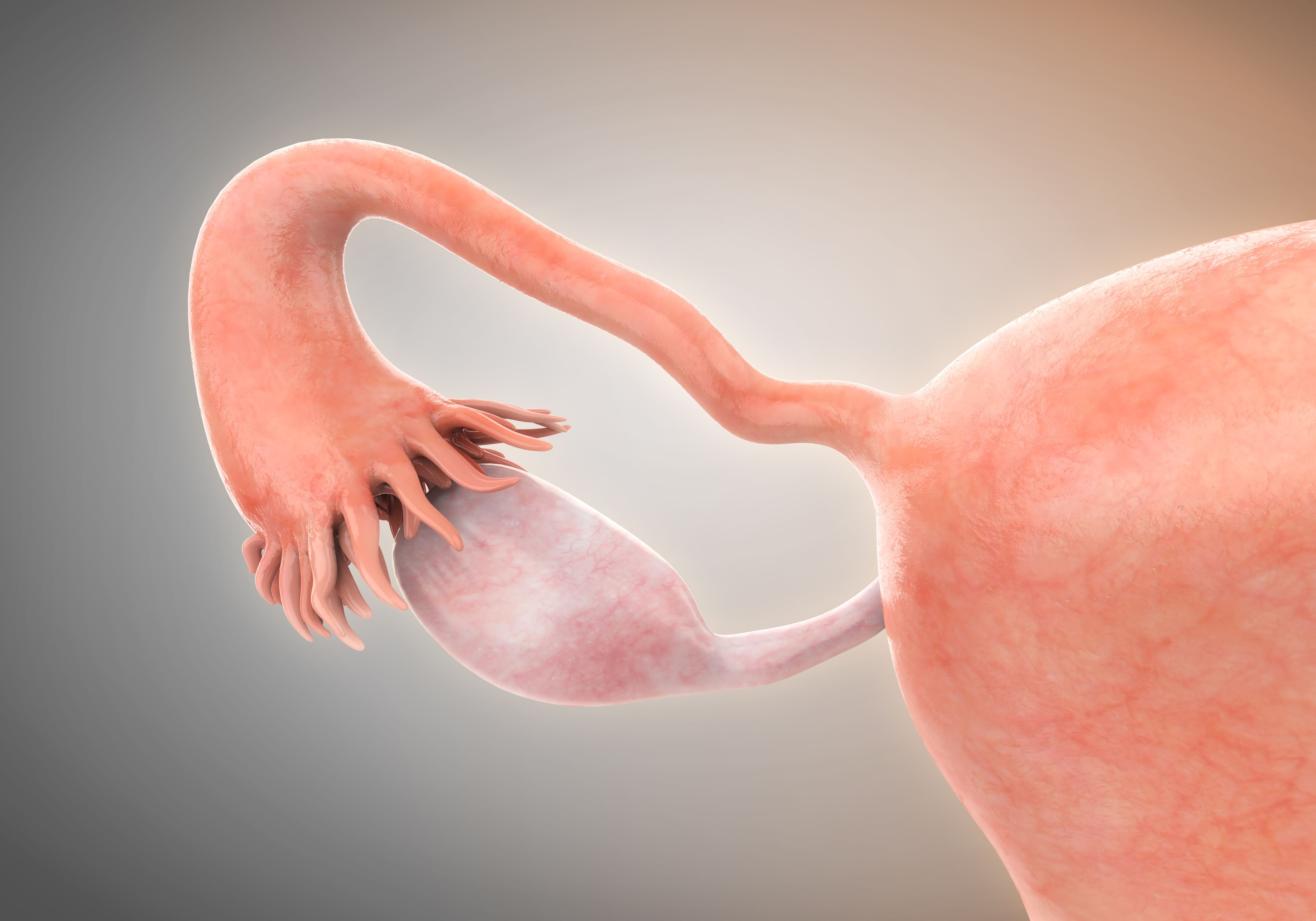Prior Endometriosis Diagnoses May Increase Ovarian Cancer Risk
Patients with prior endometriosis may benefit from ovarian cancer risk and prevention counseling and could be integral for future prevention studies.
Patients with prior endometriosis may benefit from ovarian cancer risk and prevention counseling and could be integral for future prevention studies.

Investigators observed a significantly increased risk of ovarian cancer for patients with prior diagnoses of ovarian endometriomas and/or deep infiltrating endometriosis, according to findings from a population-based cohort study published in JAMA Network.1
Additionally, patients with prior endometriosis diagnoses may benefit from ovarian cancer risk and prevention counseling and targeted screening; this population could be integral to evaluate in future prevention studies.
Data from the study showed a higher ovarian cancer risk among patients with prior endometriosis diagnoses than patients without the disease (adjusted HR [aHR], 4.20; 95% CI, 3.59-4.91; adjusted risk difference [aRD], 9.90; 95% CI, 7.22-12.57). Furthermore, this risk was even more pronounced for type 1 ovarian cancer (aHR, 7.48; 95% CI, 5.80-9.65; aRD, 7.53; 95% CI, 5.46-9.61). Deep infiltrating or ovarian endometriosis was associated with greater risk for all ovarian cancers (aHR, 9.66; 95% CI, 7.77-12.00; aRD, 26.71; 95% CI, 20.01-33.41), type I ovarian cancer (aHR, 18.96; 95% CI, 13.78-26.08; aRD, 19.57; 95% CI, 13.80-25.35), and type II ovarian cancer (aHR, 3.72; 95% CI, 2.31-5.98; aRD, 2.42; 95% CI, –0.01 to 4.85).
“These are really important findings. [They] impact clinical care for individuals with severe endometriosis, since they would benefit from counseling about ovarian cancer risk and prevention,” study author Jennifer Doherty, PhD, MS, co-leader of the Cancer Control and Population Sciences Program at Huntsman Cancer Institute and professor of population health sciences at the University of Utah Health, said in a news release on the study findings.2 “This research will also lead to further studies to understand the mechanisms through which specific types of endometriosis cause different types of ovarian cancer.”
Patients were selected from the Utah Population Database to compile a retrospective cohort ranging from 1992 to 2019 of patients 18 to 55 years with at least 1 endometriosis diagnosis. This population was disaggregated into 5 categories, superficial peritoneal endometriosis (n = 39,277, 49.8%), ovarian endometriomas (n = 18,977, 24.1%), ovarian endometriomas and concurrent deep infiltrating endometriosis (n = 1374, 1.7%), deep infiltrating endometriosis (n = 1028,1.3%), ovarian endometriomas and concurrent deep infiltrating endometriosis (n = 1374, 1.7%), and other (n = 18,237, 23.1%). The total population of endometriosis-exposed (n = 78,893) patients were matched 1:5 with those who were unexposed (n = 379,043).
The primary end points for the study were aHR and aRD in comparing patients with multiple endometriosis types with those who were unexposed to endometriosis.
Patients had a mean age of 36 years (SD, 10) at initial endometriosis diagnosis and had a mean follow-up of 12 years (SD, 7). Additionally, 75% of patients were parous, and 6% underwent a bilateral oophorectomy during follow-up.
High-grade serious epithelial ovarian cancer occurred more frequently in the endometriosis exposed cohort (aHR, 2.70; 95% CI, 2.09-3.49; aRD, 1.35; 95% CI, 0.08-2.63) than patients without an endometriosis diagnosis. Additionally, patients were at an increased risk of clear cell ovarian cancer (aHR, 11.15; 95% CI, 6.19-20.10; aRD, 1.39; 95% CI, 0.56-2.21), endometroid ovarian cancer (aHR, 7.96; 95% CI, 5.59-11.34; aRD, 3.89; 95% CI, 2.45-5.33), and mucinous ovarian cancer (aHR, 4.56; 95% CI, 2.64-7.90; aRD, 1.42; 95% CI, 0.42-2.43) if they had a previous diagnosis of endometriosis. Additionally, excess ovarian cancer risk was 9.9 cases (95% CI, 7.22-12.57) per 10,000 patients over a 12-year mean, as indicated through risk differences.
“Studies that can better characterize the biology underlying these associations are urgently needed to guide improved ovarian cancer screening and prevention strategies among [patients] with severe endometriosis, with or without other important ovarian cancer risk factors [eg, BRCA1/2 variations) and to inform novel molecular targets for ovarian cancer treatments,” Mollie Barnard, ScD, molecular and genetic epidemiologist and assistant professor of medicine at the Boston University Chobanian and Avedisian School of Medicine, concluded with study coauthors.1
References
- Barnard ME, Farland LV, Yan B, et al. Endometriosis typology and ovarian cancer risk. JAMA Open Netw. Published July 17, 2024. doi:10.1001/jama.2024.9210
- Landmark study shows elevated cancer risk for women with endometriosis. News release. University of Utah Health. July 17, 2024. Accessed July 29, 2024. https://tinyurl.com/2s4kh3vs
How Supportive Care Methods Can Improve Oncology Outcomes
Experts discussed supportive care and why it should be integrated into standard oncology care.